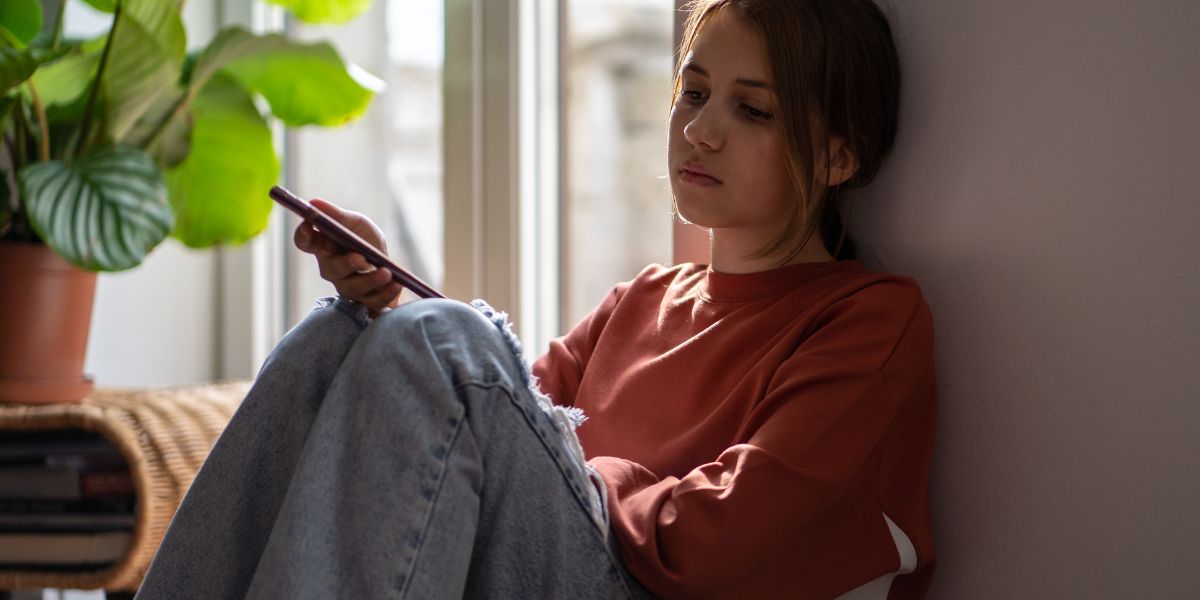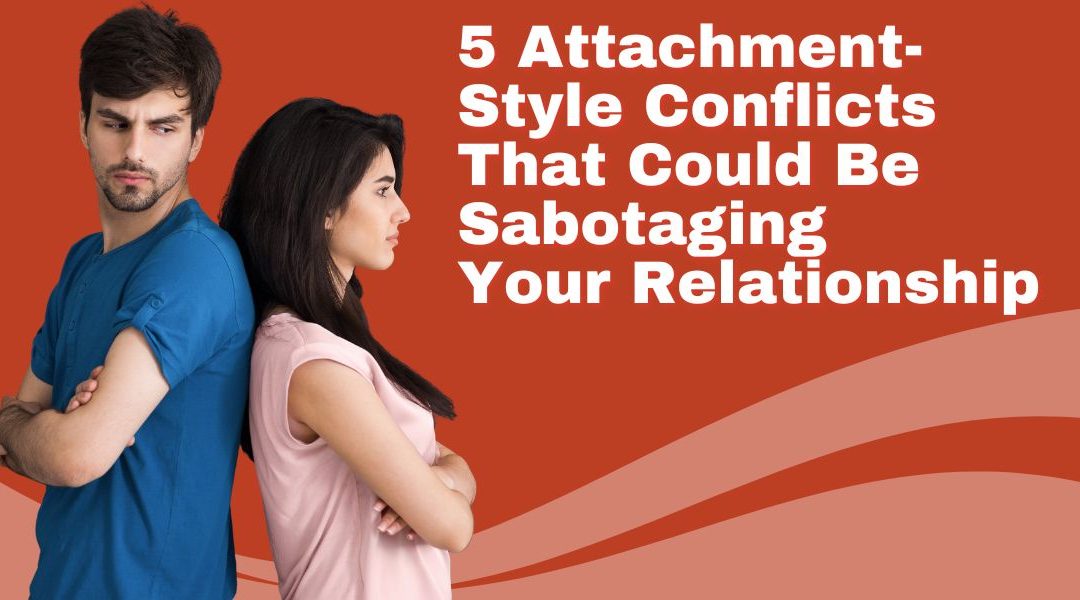You’ve been doing the work. You’re communicating better, reading the books, trying to choose differently.
And still, the same relationship dynamic shows up. One person leans in. The other pulls away.
This isn’t random. It’s often the result of mismatched attachment styles—and most couples have no idea it’s happening.
Attachment styles form early, but they drive how we connect well into adulthood. Understanding them changes everything.
What Are Attachment Styles?
These are the patterns you bring into relationships based on early emotional experiences. Most people fall into one of these categories:
- Anxious: needs closeness and fears abandonment
- Avoidant: needs independence and avoids emotional dependence
- Secure: balances closeness and autonomy
- Disorganized: unpredictable mix of anxious and avoidant (often rooted in trauma)
You can take the emotional availability self-assessment to get a baseline of your own style.

5 Relationship Conflicts Driven By Attachment Style
1. The Anxious–Avoidant Chase
One person feels anxious and asks for more closeness.
The other feels overwhelmed and pulls away.
This creates the classic pursuer–distancer cycle where both feel unsafe.
2. Overfunctioning vs. Withdrawing
Anxious partners often overextend: over-communicating, fixing, over-apologizing.
Avoidants respond by emotionally disappearing or shutting down.
The more one tries, the more the other retreats.
3. Secure Meets Anxious
The secure partner offers consistency, but may feel drained if the anxious partner is frequently triggered.
If the anxious partner doesn’t develop self-soothing, the relationship starts to feel one-sided.
4. Secure Meets Avoidant
The secure person may lean into connection calmly.
The avoidant misreads this as pressure and begins withdrawing, delaying, or deflecting closeness.
5. Disorganized + Any Style
The disorganized partner sends mixed signals: craving love one moment, rejecting it the next.
No matter who they pair with, the relationship feels emotionally unsafe and unstable until deeper healing begins.

Why These Patterns Keep Repeating
Most people are not taught to recognize attachment triggers.
When your nervous system interprets closeness as threat—or distance as rejection—you react from fear, not intention.
This often leads to:
- Miscommunication
- Emotional exhaustion
- Feeling like you’re “too much” or “not enough”
- Staying stuck in blame instead of creating new patterns
These aren’t flaws. They’re signals that you’re trying to connect from a place of self-protection, not shared safety.

What You Can Do About It
- Identify your attachment style—and your partner’s
- Pause before reacting when you feel threatened
- Don’t try to fix your partner—focus on regulating yourself
- Choose partners who are emotionally responsive, not just charming
- Start learning how to build emotional intimacy at a sustainable pace
You may also need to stop choosing emotionally unavailable men if your pattern points to anxious-avoidant cycles.

Final Thoughts
Attachment style conflict isn’t a relationship-ending issue.
But ignoring it? That’s what keeps people stuck.
When you understand your emotional wiring—and how it interacts with someone else’s—you can stop reacting and start relating.
Not with blame, but with choice.
📥 Free Resource: The Four Key Needs for a Successful Relationship
Want to stop choosing the same pattern and start building a relationship that actually feels safe?


